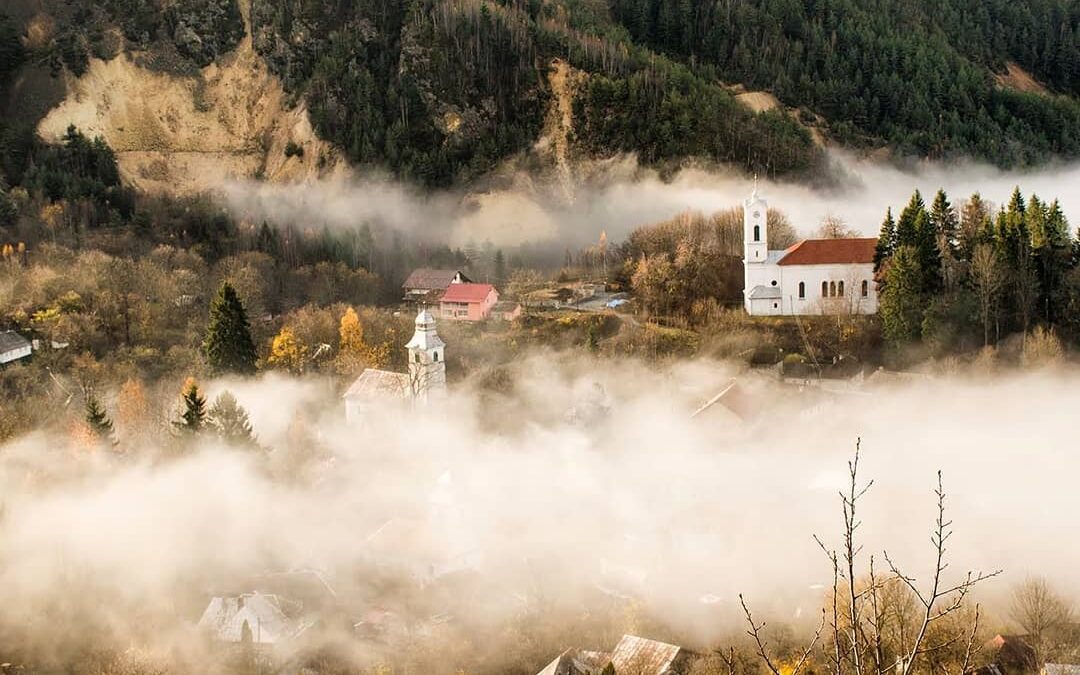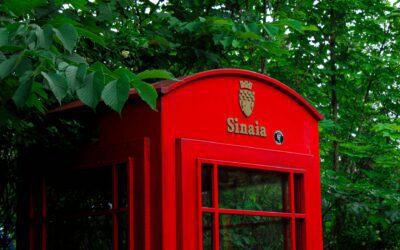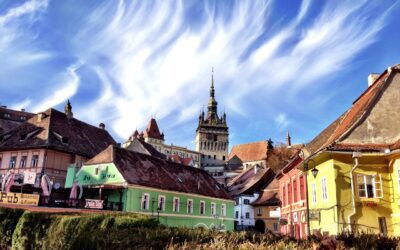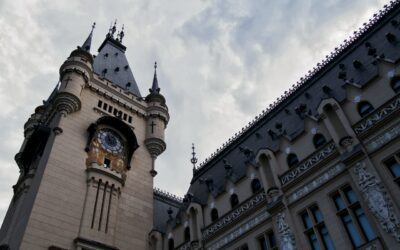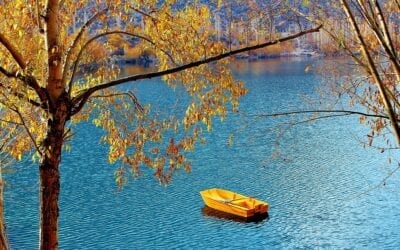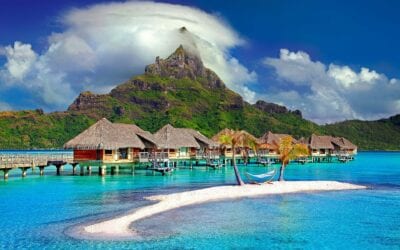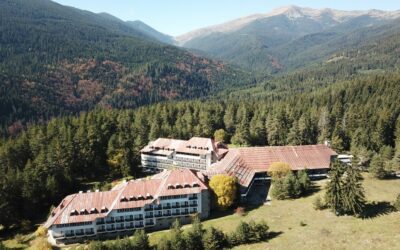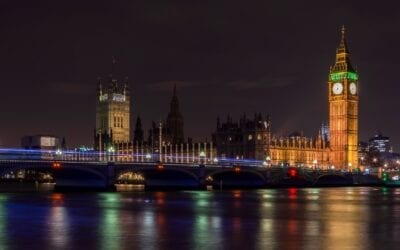|
|
If you want to get away from the hustle and bustle of cities, forget about the crowds of people you meet at every tourist point in a new area you arrive at, and, in essence, change the paradigm, Rosia Montana should be on your list in 2023.
Rosia Montana, a mining village in Romania’s Apuseni Mountains, is a UNESCO World Heritage Site, housing the world’s oldest, most significant, and most complex Roman gold mine, dating back to 131 AD. Rosia Montana is a truly unique location, positioned in a geographical area rich in natural wealth and landscapes reminiscent of fairy tales, while the architecture of the area appears to be stuck in time, consisting mostly of stone houses.
An area with many artificial lakes that were originally built for the area’s mining activities and later as recreational areas, the village is about calmness and retrospection. Rosia Montana is a historical region that ought to be discovered, both for its natural landscapes and for the mining interventions that have occurred there over time, given the gold that can be found in the mountains that surround this small village.
If you haven’t heard of Rosia Montana before, it’s because the area is still relatively unknown, even among Romanian tourists. With a surge in popularity in July 2021, when it entered the UNESCO World Heritage List as a result of protests in Romania for the conservation of the area, Rosia Montana remains a “hidden gem”.
About Rosia Montana: History in a Nutshell

Source: Facebook | Casa Petri Rosia Montana
The history of the town that bears the name Rosia Montana today began with the arrival of the Romans on the scene during Trajan’s reign. Rosia Montana, known as Alburnus Maior at the time, was the first documented mining village. The name of Alburnus Maior appears for the first time on a clay tablet dated February 6, 131 AD.
It is estimated that approximately 500 tons of gold could be extracted from the mines of Rosia Montana during the time when the Romans enjoyed the area’s riches. The underground mining lasted for 166 years until the Romans left.
Several excavations were conducted in this area, this time for archaeological purposes, as a result of which houses, graves, wax tablets, mining galleries, and mining tools were discovered, given that this was the area’s main concern.
It was time for another occupation after the Romans left in 271 AD. The Hungarian King, who ruled over Transylvania at the time, dispatched German colonists to restart gold mining in the region. By the mid-16th century, the majority of gold miners were Romanians. Modern mining started in the 1700s and 1800s, during the reign of the Habsburg Empire.
Following the 1918 unification, the Romanian state acquired ownership of the underground resources. Concession contracts governed exploitation and final price. However, this collaboration ended in 1948 when the communists nationalized the industry.
Still, the biggest threat emerged in the 2000s, when large corporations became interested in the area’s riches and sought to produce over 1,000 tons of gold and silver using hundreds of millions of tons of cyanide.
In the context of the government appearing to support projects that would come to the area and destroy Rosia Montana’s cultural heritage, the Romanian population began to protest. Following massive protests and civil initiatives, Rosia Montana was eventually added to the UNESCO list of World Heritage Sites, saving it from potentially unethical exploitation.
Cost of Living
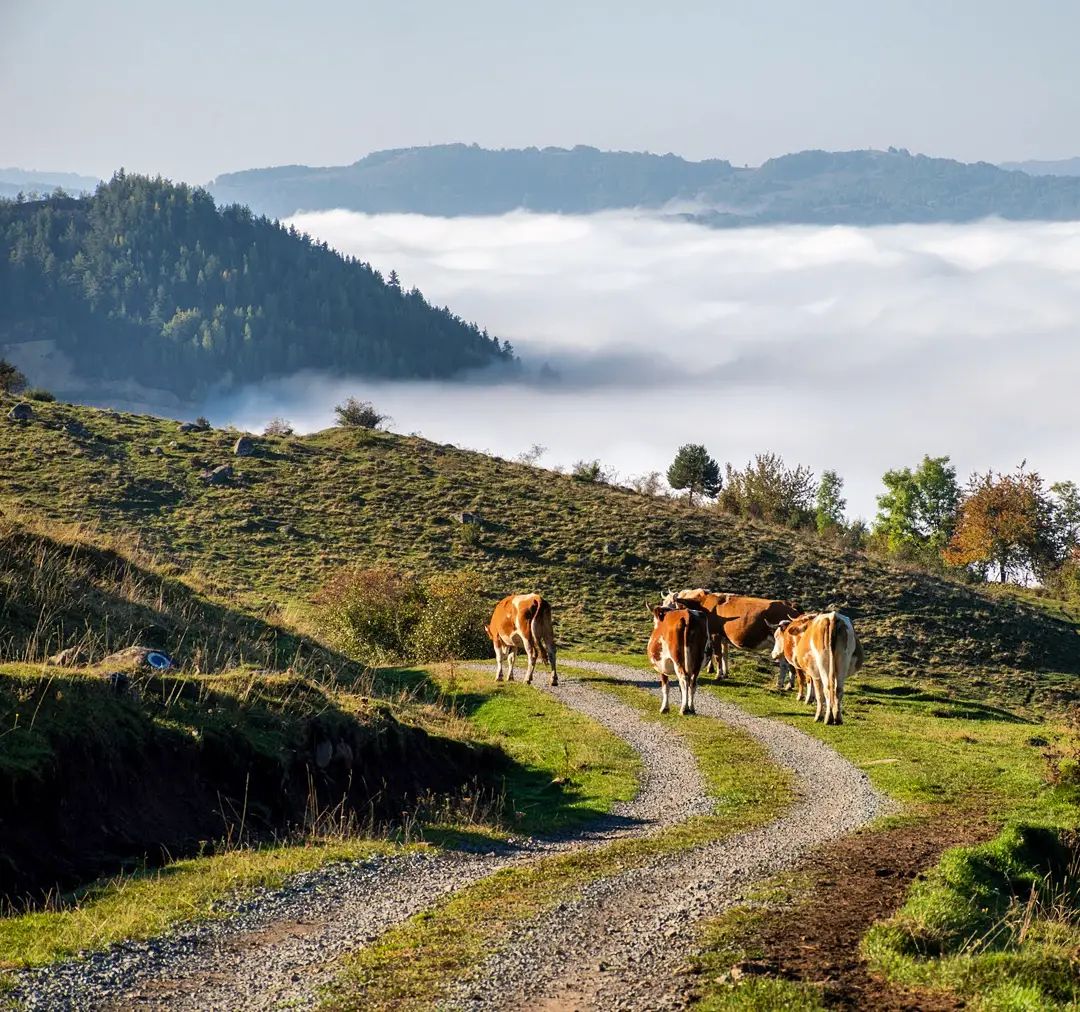
Source: Facebook | Casa Petri Rosia Montana
Given that Rosia Montana is not such a popular tourist destination, the prices are generally very reasonable, especially when compared to other areas in Romania or Europe that, in reality, do not have the same level of uniqueness as this former mining zone.
A room in a guesthouse can be rented for around 20 EUR per night to give you an idea of the costs. Of course, there are more expensive options, but in general, lodging prices revolve around this range.
In terms of transportation, the options are limited, especially given that we are talking about a small village with a population of only a few hundred people. As a result, you will almost certainly need to rent a car to get from one attraction to another, especially if you want to spend as much time as possible in nature, hiking in the Apuseni Mountains.
However, if you do not want to rent a car, you can take a train from Bucharest to Alba Iulia for around 20 EUR. After, you can take a bus from Alba Iulia for 65 kilometres, which will drop you off in Abrud for 3 EUR.
There are approximately 8 kilometres between Abrud and Rosia Montana that can be travelled by taxi, with prices ranging between 6 and 8 EUR.
There are not so many restaurants in Rosia Montana, but there are accommodations with kitchens that tourists can use. If you want to eat at a restaurant, Abrud is the closest neighbourhood with more gastronomic options. As a result, renting a car is the best way to explore the Rosia Montana area.
Pros of Living in Rosia Montana
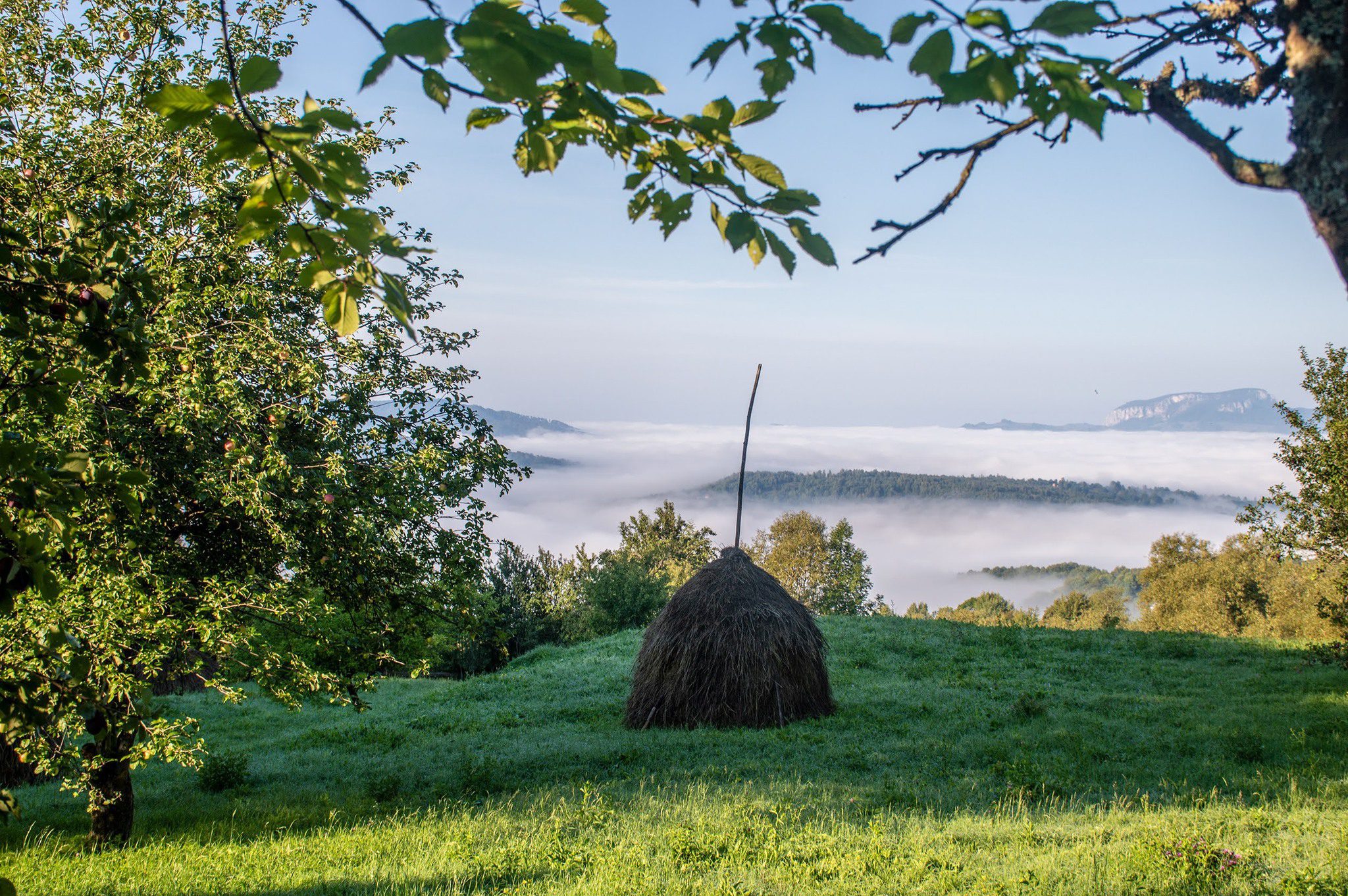
Source: Facebook | Casa Petri Rosia Montana
Rosia Montana is a truly unique area that offers visitors a variety of unique tourist attractions, including lakes with a reddish hue due to high levels of iron oxide in the water, picturesque areas of the Apuseni, and, of course, the mining galleries that made this area a UNESCO World Heritage Site.
This area is for total disconnect from everything that means daily life, and while it is not designed for digital nomads, it can be an excellent choice for reconnecting with yourself and finding resources within.
The Mining Heritage of the Ancient Romans

Source: Facebook | Casa Petri Rosia Montana
The first advantage that the area provides is the mining galleries, which are truly historical treasures due to their complexity and the fact that they are not found anywhere else in the world.
These mines allow you to walk through history and learn about how mining was done in the past and how it has evolved over time.
Visitors can explore approximately 200 meters of the mining galleries, with the remainder being closed to the public, but you will still discover a rich history. In the outdoor area, you can also see original tools, traditional stamp mills, and archaeological discoveries from various eras.
Furthermore, these mining areas will demonstrate what can happen when exploitation is carried out without regard for nature or the communities that live in the area. Thus, real evidence of the dangers of these exploitations can be found in Geamana, where an entire village was flooded. There is now a reddish, toxic lake in the village’s place, from which the steeple of the 18th-century church emerges, the only building visible from what was once a village. The remaining structures are buried underwater.
Nature’s Beauty

Source: Facebook | Casa Petri Rosia Montana
Rosia Montana is located in the Apuseni Mountains, which are known for their picturesque landscapes, and is surrounded by many natural beauties. There are also many artificial lakes (over 100! ), Taul Mare being one of the most popular due to its heart shape.
Many hikes in the area will help you reconnect with yourself and the absolutely amazing nature of the Rosia Montana area, such as trails to isolated villages or extraordinary panorama points.
The Architecture of the Place
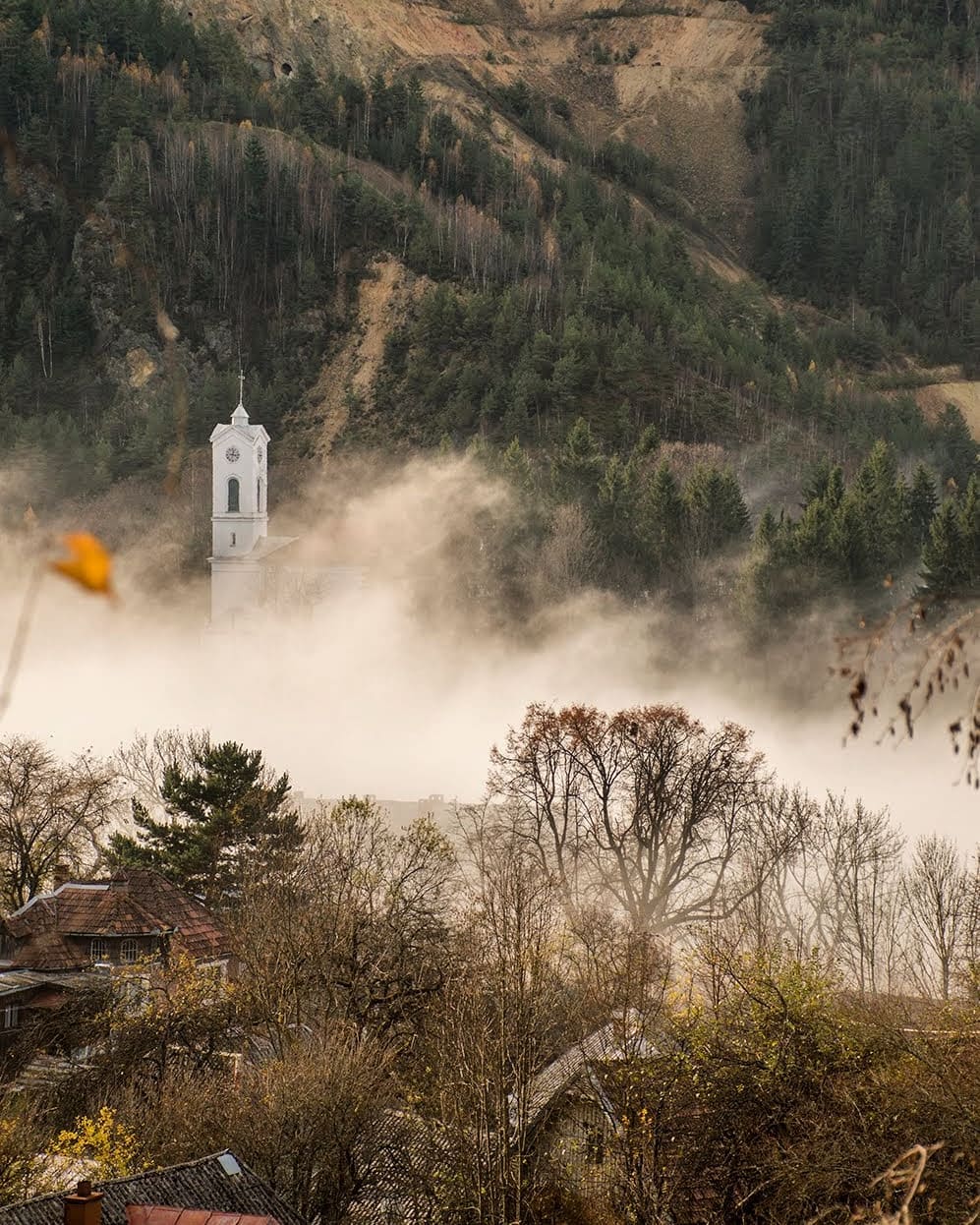
Source: Facebook | Casa Petri Rosia Montana
Rosia Montana is also notable for its architecture, which reflects the various cultures that have lived in the area throughout history. As a result, even though many buildings are currently in disrepair, their beauty can still be seen, and their history is preserved.
The old central square is surrounded by houses with Neoclassic and Baroque elements. The German and Hungarian schools, the Casina where miners could unwind and dance, and the five churches of various confessions are all evidence of its vibrant past.
The Nice People
Rosia Montana’s people are a true community, especially considering the town’s population of only a few hundred people. As a result, you will encounter hospitality and kindness at every turn, and you will feel as if you are a part of their community, especially if you stay in the area for more than a week.
Cons of Living in Rosia Montana
Given that we are discussing a relatively isolated community, several obvious drawbacks come with the peace and calm that the area, on the other hand, provides.
Facilities for Digital Nomads
Rosia Montana is in the mountains, it is a small village with a small community, and there are no coworking spaces or other facilities for digital nomads. Instead, the accommodations in the area provide high-speed internet, so you should be able to continue working while also enjoying peace, disconnect, and absolutely stunning views.
Restaurants
As previously stated, there aren’t many restaurants in Rosia Montana, but most accommodations offer a variety of breakfast options and even kitchens where guests can cook for themselves.
Public Transport
Another issue in the area is public transportation, which has no connections to tourist attractions. There is still transportation to larger towns or cities in the area if you want to trade the tranquillity for a little hype on some days.
Because public transportation can be difficult, it is best to rent a car and drive to Rosia Montana.
Where to Stay in Rosia Montana

Source: Facebook | Casa Petri Rosia Montana
Even though the restaurants are not the area’s strong suit, the accommodation options are, so you will have plenty of options. Of course, you should not expect to find as many accommodation options as in a city, but there are options at reasonable prices with local architecture.
You can, for example, stay at Casa Petri, which is located in the historic centre of Rosia Montana and combines the old and new in a truly charming way. This accommodation unit also includes a local restaurant, making your stay much more convenient by eliminating the need to travel from village to village in search of food.
You can also rent bicycles from Casa Petri or take a guide who will show you around and explain the main features that make Rosia Montana so unique.
A one-night stay at Casa Petri costs 50 EUR for a room for two people.
The Best Time to Visit Rosia Montana
Rosia Montana is stunning in every season. In the winter, the area takes on an air of mystery that is difficult to match, with views that will take your breath away.
On the other hand, if you want to take advantage of everything the area has to offer in terms of mountain trails, the warmer seasons, such as spring and summer, are ideal.
Autumn is also a good time to visit Rosia Montana, because its waters have a natural reddish hue and, when combined with the colour of the leaves, create a landscape straight out of a fairy tale.
As a result, the best time to visit Rosia Montana is solely determined by your personal preferences, so you can visit during your preferred season, whether it is winter, spring, summer, or autumn. The location is fascinating all year round!
The Verdict
Rosia Montana is a special place that deserves to be on your 2023 travel list because it offers perspectives, places, and histories that you won’t find anywhere else.
Of course, it is not suitable for any digital nomad, but if you want to disconnect from the world and join a unique community, this is a place to consider.

